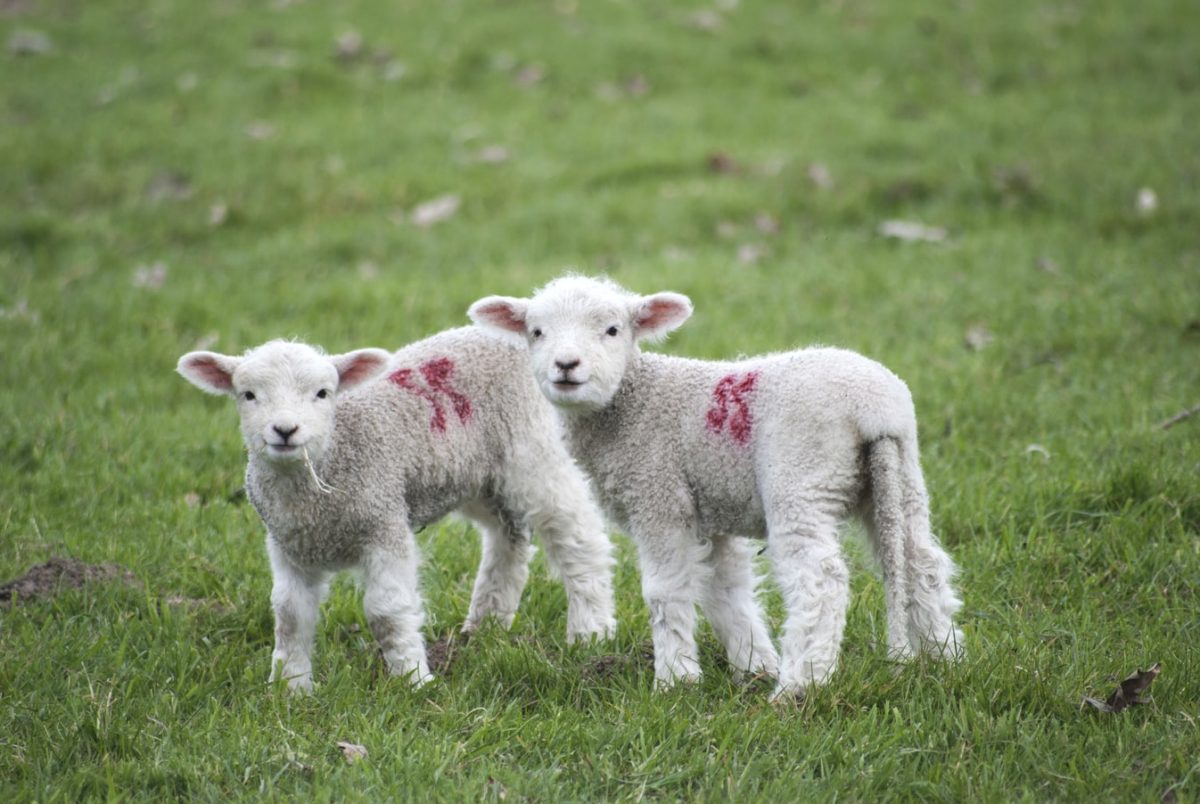Train your dog to come back when called
Admin was out with manager Jo the other day collecting pet food donations then dropping them off with our colleagues at RSPCA Radcliffe Animal Centre. We took the scenic route from Hucknall via Shelford and we were treated to seeing our first lambs of the year. It was a sunny day and they were stretched out catching a few rays. If there’s anything that sums up Spring, it’s seeing lambs shaking their little tails and ‘racing’ each other along a fence or stone wall! However, this scene can potentially end in a loss of life if an uncontrolled dog enters the mix. It goes without saying that when there’s livestock around, you should keep your dog on a lead, but what happens when you come across an animal, farm or otherwise, unexpectedly? This is where recall is vital, your dog should return to you as soon as you ask it to.
Every dog loves a good run off the lead, throwing a ball or toy for them and seeing them in ‘zoomies’ mode is one of the joys of having a pet pooch. No matter what your dog is doing, no matter the distractions, you should be able to recall them if the need arises.
Typical situations that require recall are:
- Coming in close proximity to other animals. This includes domestic, wild and farm animals.
- Meeting people, especially children.
- Traffic and approaching busy roads/water courses.
- The potential opportunity for thieves.
We touched on the latter in our previous post about dog theft. If you lose sight of your pet, a thief can literally cash in on the circumstance. Being off the lead is exciting for dogs, they can explore and and have fun without restriction. This in itself can be a reason for them not returning to you because they are used to you, they may love you but that squirrel over there is far more exciting!
The key to recalling your dog on command is training. This takes time and patience. Your dog has to want to come back to your side, making sure there is a reward, either through a treat or praise will ensure their attention.
Here are some brief Do’s and Dont’s
- Do use a reward. A treat or access to a toy/game for example. ALWAYS praise your dog no matter how long it takes for them to respond when training.
- Do practice in your garden or an enclosed space.
- Do make use of a training lead. These are different from a retractable lead and fix onto a harness giving you more control.
- Do get your dog used to their name so you can get their attention then use a command word to get them to come to you eg here or come.
- Do gradually increase the distance between you and your dog when calling them back.
- Don’t lose patience, your dog will make mistakes but losing your temper will make things worse.
- Don’t punish your dog. Use positive reinforcement.
- Don’t only call your dog back to put them on their lead, they will soon make an association.
- Don’t let your dog off without their collar at any time.
Gradually, you may not have to reward your dog every single time but the positive association will stick. It’s important to be consistent and calm and until you are confident, keep your dog on a training lead. If you are struggling with training or are not seeing any improvement then you may need the help of a professional. ABTC, Animal behaviour and training council is a great place to start. You can also find lots more info on recall and training in general at RSPCA England and Wales.

